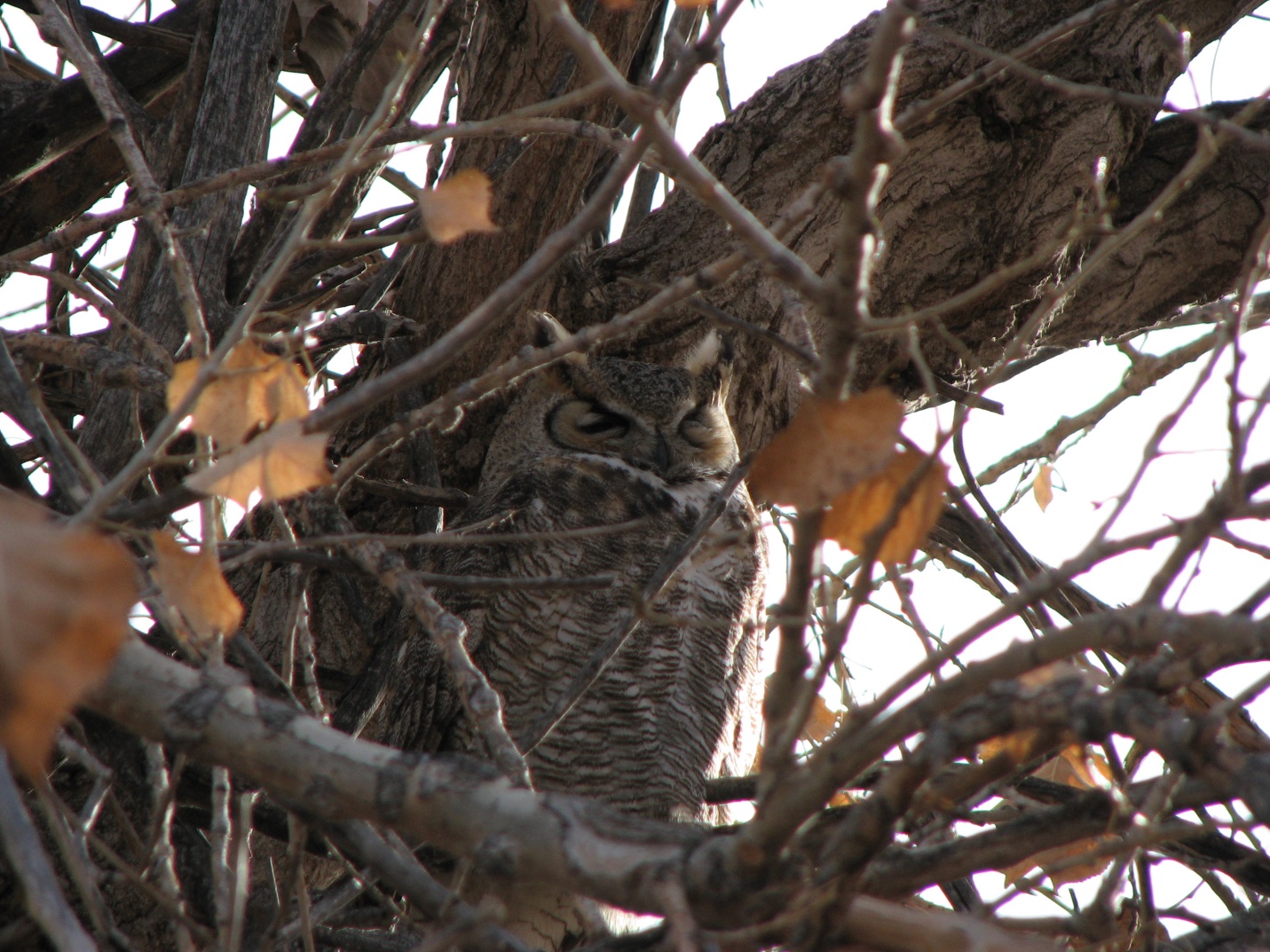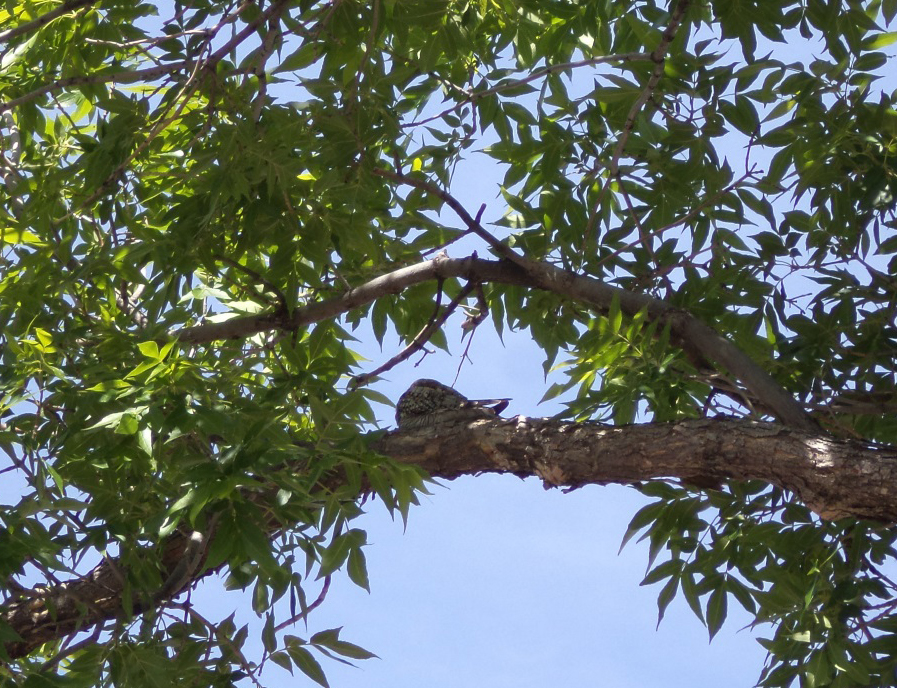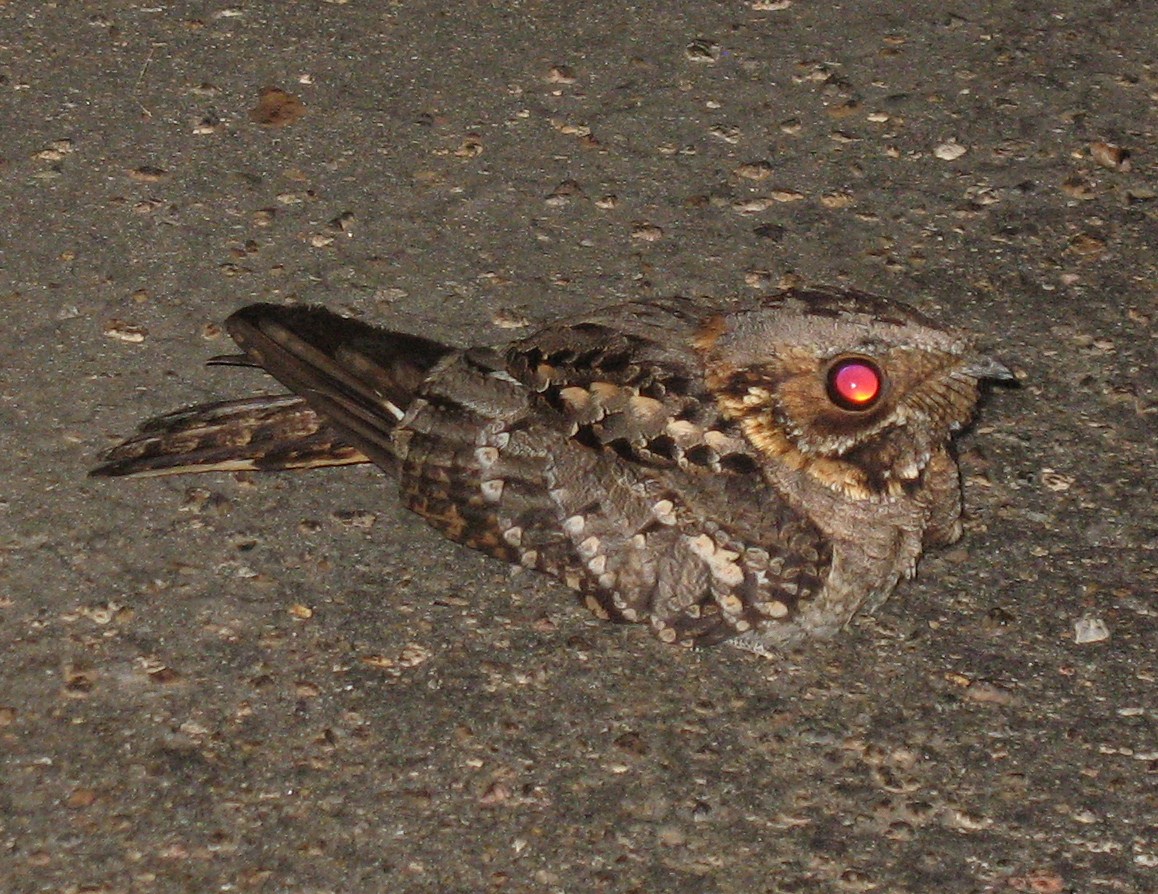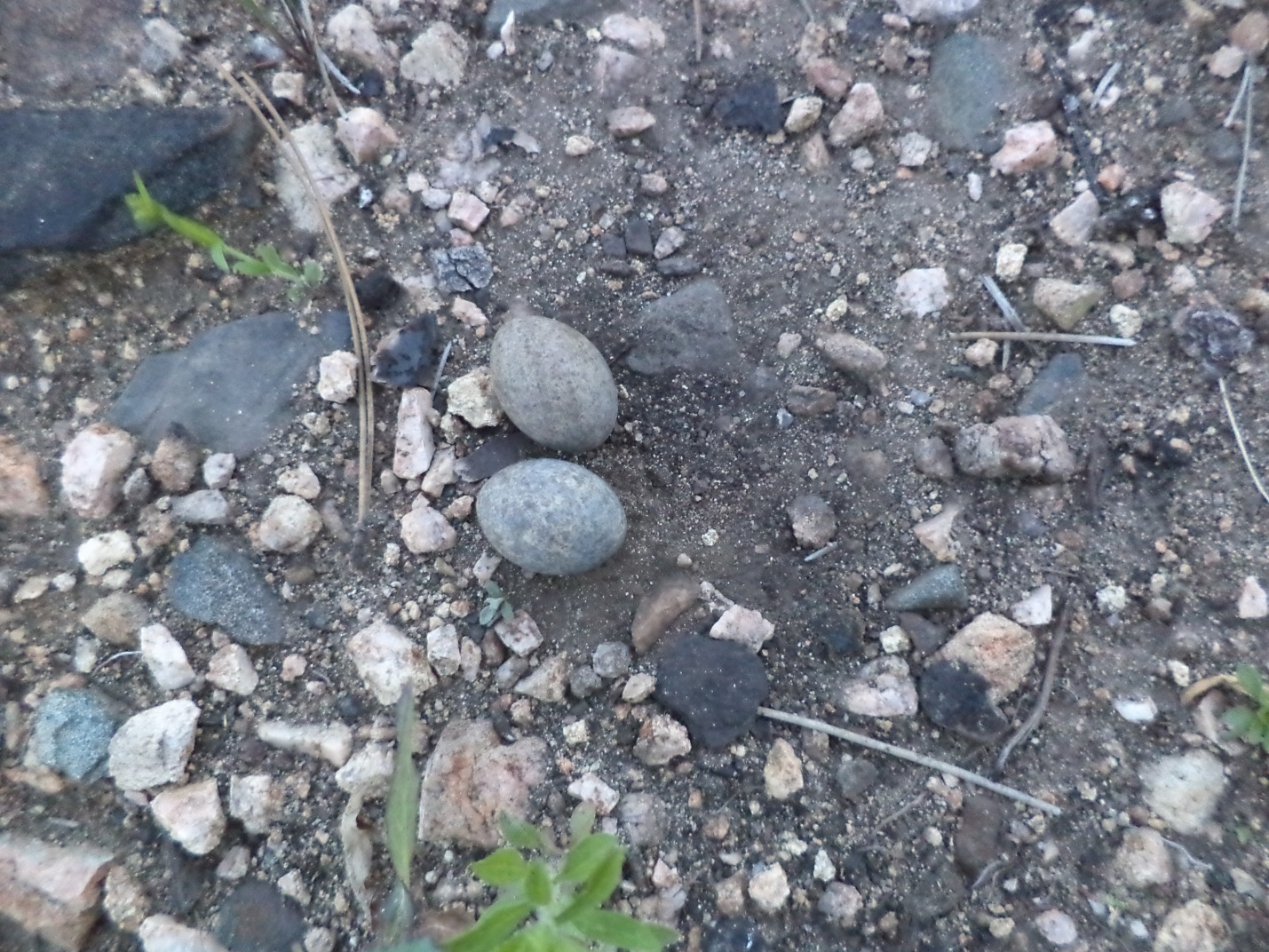TO KNOW THE DARK
By Wendell Berry
To go in the dark with a light is to know the light.
To know the dark, go dark.
Go without sight and find that the dark, too, blooms and sings
And is traveled by dark feet and dark wings.
To experience nature in its purest form, you must venture out into the darkness. Senses go into overdrive as your reliance on eyesight fades. The rod cells in your eyes work overtime to pick up shapes and shadows. Sounds that you would typically discard come to the forefront. Even your skin feels the soft breeze a little more than normal. If you succumb to the night, you will give yourself the advantage of seeing and understanding the wildlife that thrives in the darkness.
A number of species only become active when the sun goes down. When you think of nocturnal animals, owls, moths, bats, possums and mountain lions may come to mind. Owls are the most recognizable nocturnal bird species, most likely due to their charisma and mystery. They are embedded in many cultures and have been viewed as symbols of fertility and death. To catch a rare glimpse of a wild owl is a feat in itself and is one that you will never forget. However, I hope after reading this article, you will soon realize that there are many fascinating and mysterious birds of the night that are equally, if not more, amazing.
Adapting to the Dark
We adjust to the darkness in some simple ways (more often than not, we simply turn on a light). However, to make a living in the dark, a bird needs to have unique and specific adaptations. Keen night vision and a remarkable sense of hearing are typical. In addition, birds may have cryptic coloring to hide during the day, an ability to fly silently, and long whisker-like feathers around their bill to aid in the discovery and capture of prey. Some species have evolved even further.
Take the Oilbird, for instance. This gregarious species is restricted to the forests of South America and has a diet comprised entirely of fruit. Oilbirds roost in dark caves during the day and only come out at night to feed. What makes this species unique is its ability to echolocate. Only two groups of birds have been found to use echolocation, the oilbirds and a couple types of swiftlets. Oilbirds make an eerie, buzz-like call, in addition to being able to produce a series of sonar clicks. These clicks are considered a rudimentary form of echolocation and seem mainly to be used in low-light conditions or complete darkness.
Another adaptation of nocturnal birds is the use of torpor. Nighthawks and nightjars have been known to conserve their energy by lowering their core body temperatures during cold nights or times with low food availability. The Common Poorwill is thought to engage in a more extreme version of torpor: hibernation.

This Great Horned Owl is making use of its camouflage to hide during the daylight hours at Barr Lake State Park in Brighton, Colorado. Photo by Adam Brenneman.

The Common Nighthawk roosts during the day. Its camouflage makes it hard to spot on the branch of a tree. Photo by Nick Van Lanen.
Part-time Nocturnal Birds
Some bird species that are typically considered diurnal, meaning their activity is restricted to daylight hours, will alter their activity depending on the season. Migrating warblers, tanagers, orioles, thrushes, grosbeaks, herons, shorebirds and cuckoos all are examples of species that have adapted to migrate hundreds of miles under the cover of darkness.
Burrowing Owls are the rare owl species that has a tendency to be diurnal. But during the breeding season, they will make the switch to being crepuscular, which means being active during dawn and dusk. When rodents are abundant, they will even switch to being strictly active at night.
Colorado Birds of the Night
Below is a list of nocturnal or crepuscular bird species that have occurred in Colorado:
Night Herons (Ardeidae)
- Black-crowned Night-Heron
- Yellow-crowned Night-Heron
Goatsuckers (Caprimulgidae) (members are mainly crepuscular)
- Lesser Nighthawk
- Common Nighthawk
- Common Poorwill
- Eastern Whip-poor-will
- Mexican Whip-poor-will
Barn Owls (Tytonidae)
- Barn Owl
Typical Owls (Strigidae)
- Flammulated Owl
- Western Screech-Owl
- Eastern Screech-Owl
- Great Horned Owl (crepuscular and nocturnal)
- Spotted Owl
- Barred Owl
- Long-eared Owl
- Short-eared Owl (mainly crepuscular)
- Boreal Owl
- Northern Saw-whet Owl
- Burrowing Owl (mainly crepuscular and can be diurnal)
- Northern Pygmy-Owl (mainly diurnal sometimes crepuscular)
- Snowy Owl (mainly crepuscular and diurnal)
Catching a Glimpse
What increases your odds of seeing one of these mysterious birds of the night? Step one is obvious: Venture out into the dark. However, depending on what species you are hoping to see, there are other specific considerations you should keep in mind:
Habitat: Learn about these birds’ preferred habitat and distribution, just as you would for a diurnal species you may try and see. For example, one would not expect to see a Flammulated Owl on the prairie, but rather in mixed pine and aspen forests. Night-Herons can be found in both salt and freshwater habitats, similar to diurnal heron species.
Calls: Review the songs and calls of nocturnal birds. For the most part, you will hear them rather than see them. For example, many members of the Caprimulgidae family look similar, so knowing their calls will make your identification easier.
Food availability and foraging behavior: The behavior of the bird’s food source will ultimately affect the activity of the bird. For example, goatsuckers whose diet is comprised mainly of insects will be more active when insect activity is elevated. This is also why the majority of the Caprimulgidae family in the northern United States will migrate in fall to warmer areas with plenty of insects. You are more likely to see members of this family in May, June and July.
Become familiar with foraging behavior. For example, night-herons will typically feed in flocks. Although they are crepuscular or nocturnal foragers, when raising chicks they frequently feed during the day.
Some owl species migrate due to their preferred diet of insects. One would not expect to see Burrowing or Flammulated Owls in the northern portions of their ranges during the winter.
Phase of the moon: The brightness of the night sky will affect a nocturnal bird’s behavior. For example, the Common Nighthawk will become more active on a half or full moon since its vision is better adapted to low-light situations. Several species of owls have been shown to respond more frequently closer to a full moon as well.
Season or time of year: Migration is one reason you may or may not see a nocturnal bird species in your area. Some owl species breed in the winter. Becoming familiar with the timing and habitat preferences of owl species known to breed in Colorado will help you in your owl search.
Minimize disturbance: It is amazing and breathtaking to catch a rare sighting of a nocturnal bird. However, always remember to tread lightly. Many species are sensitive to human disturbance, particularly during the breeding seasons. Avoid calling in owls as this may attract predators or cause unnecessary stress.
Avoid spotlighting as much as possible, because it negatively impacts birds’ night vision. Using a flashlight with a red lens is a much better alternative.
Driving the roads at night can also be a great way to catch a glimpse of some birds. Nighthawks and nightjars will often rest, or sometimes even nest, on the side of roads. Keep a watchful eye out for eye shine, but remember that they may not be able to maneuver out of the way of your speeding vehicle.

Look at that eye shine! When trying to spot a nocturnal bird species at night, remember to look along roadsides. This particular nightjar species was sitting along a road in South Africa. Photo by Emily Snode-Brenneman.

Nest of the Common Nighthawk. Nighthawks do not construct a nest. Instead, they lay their eggs on the ground. Can you decipher between the eggs and the rocks? Photo by Nick Van Lanen.
I hope you take Wendell Berry’s advice and get outside after daylight fades to experience the dark wings that occupy the sky at night!
~ Emily Snode, School Programs Coordinator


